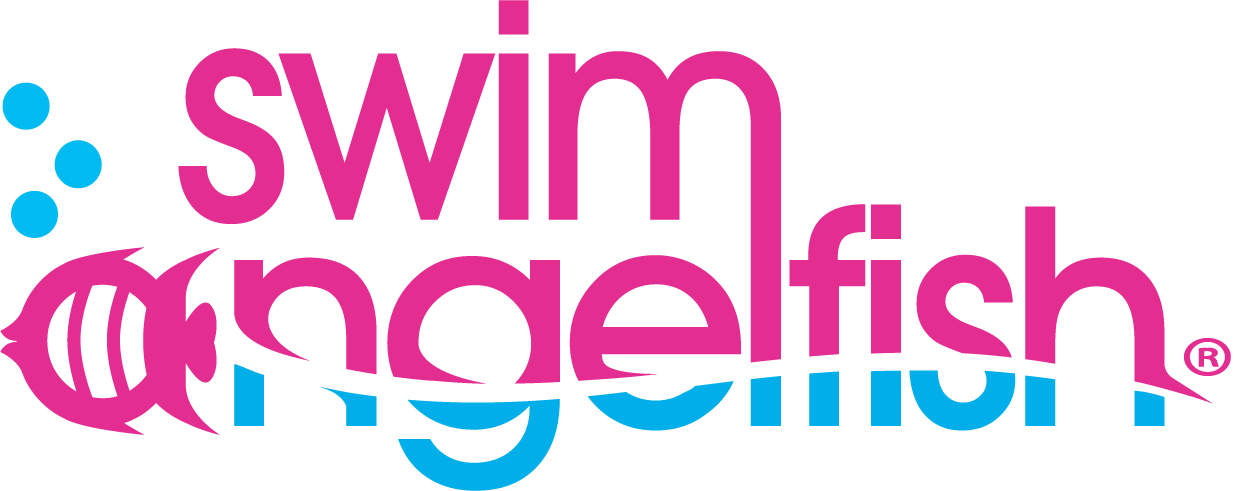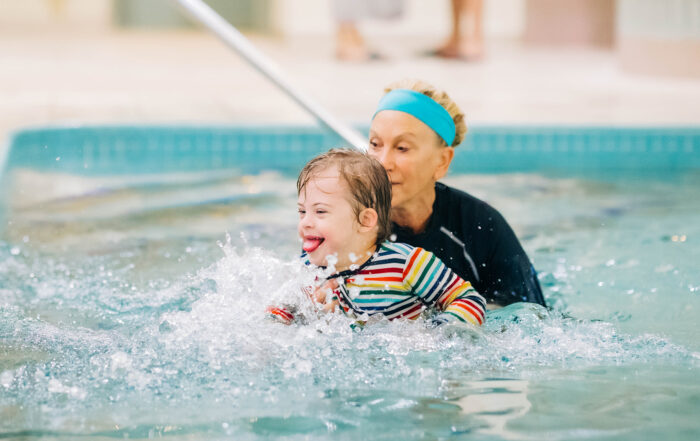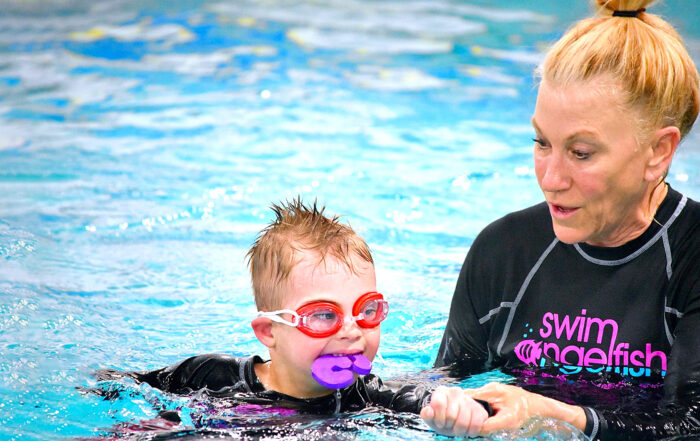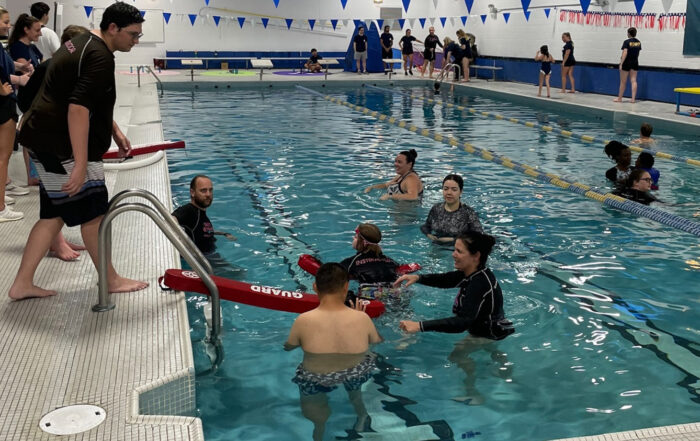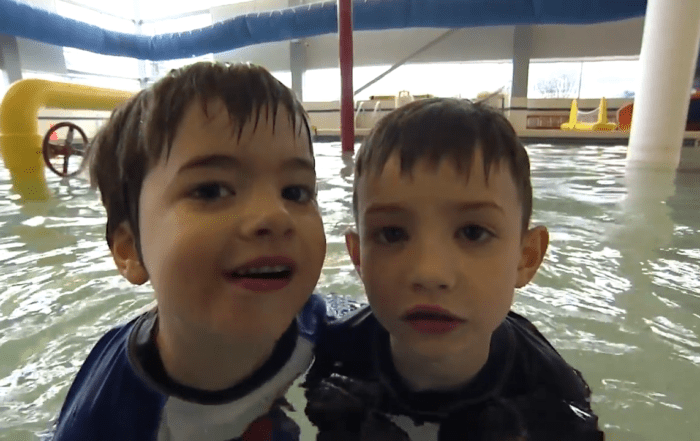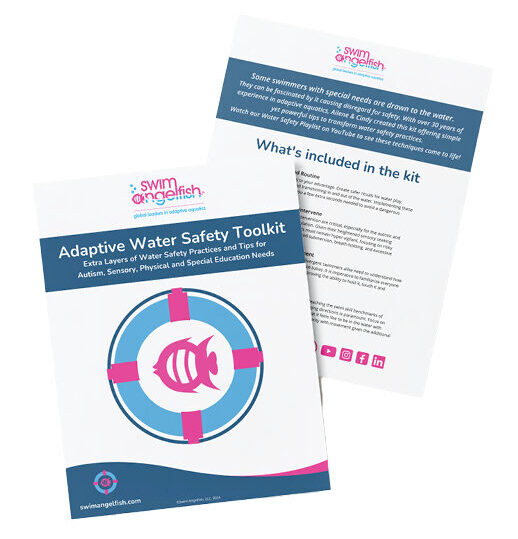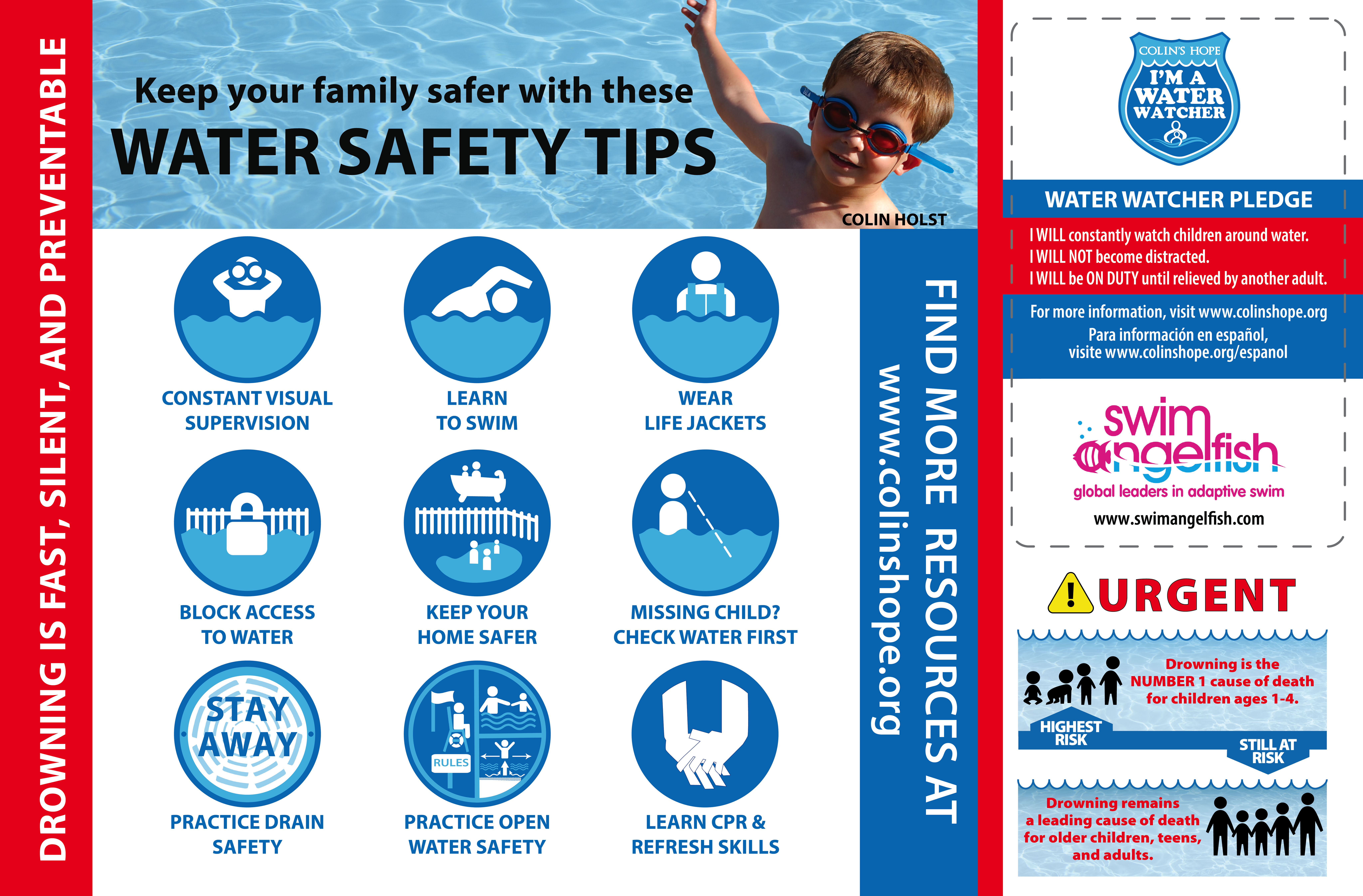Every child, regardless of ability, deserves protection in and around water. Yet, for children with conditions like Autism, Anxiety, Down Syndrome, and others, a tailored approach to water safety is crucial.
Our Water Safety For All Abilities Teaching Resources and Adaptive Toolkit acknowledges these unique needs and abilities, offering specialized practices to prevent accidents and promote inclusion. With a focus on practical strategies and empowerment, our toolkit ensures that all children can enjoy the water safely.
4 Adaptive Water Safety Tips
Our aim is to support existing Water Safety initiatives by offering extra layers of protection with these adaptive safety tips for special needs swimmers. The Swim Angelfish Adaptive Water Safety Tips are based on the NDPA Layers of Protection. Find out how you can help swimmers with special needs become safer in, near and around water. This advice is intended to be used to complement not replace the 5 Layers of Protection.
Learn How to Protect and Respond
We have free resources available to help you protect and respond to improve water safety and drowning prevention, ensuring that everyone can enjoy aquatic activities safely.
Stay informed on essential water safety tips and updates—sign up for our newsletter today!
Drowning Facts
By familiarizing yourself with drowning facts, you can enhance your risk awareness and better equip yourself for drowning prevention. Here we share some facts from NDPA, CDC and other organizations.
Our Drowning Prevention Partners
Collaborating with drowning prevention organizations allows us to raise awareness and actively contribute to preventing tragic accidents.
